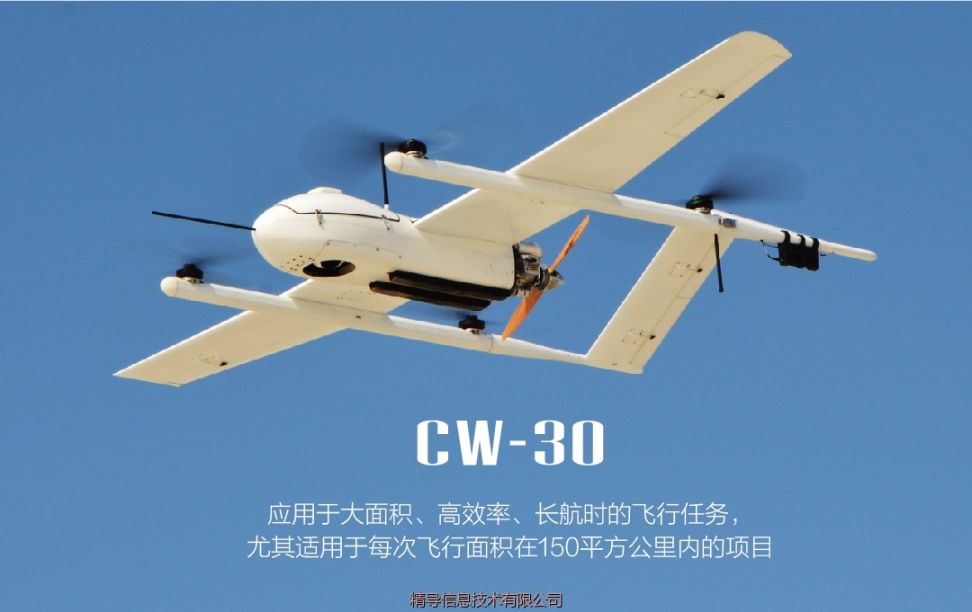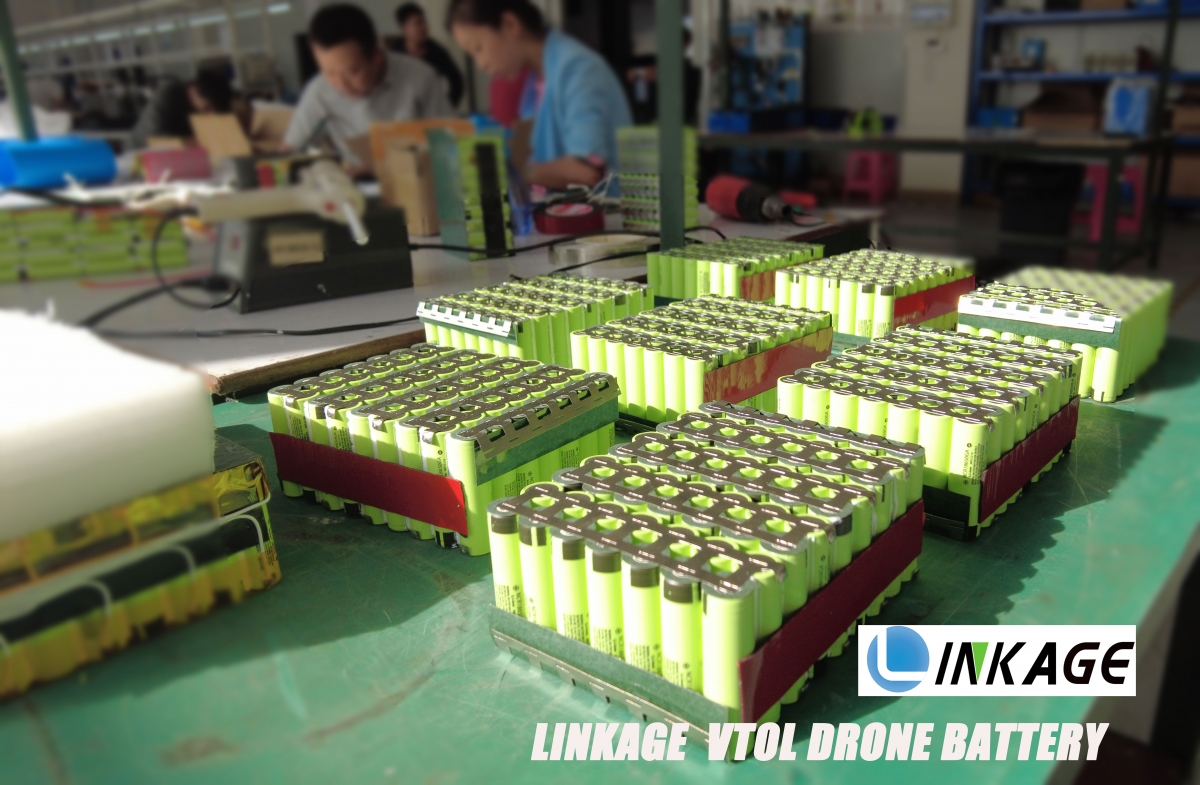- 20
- Dec
Explain in detail the six reasons why ternary batteries occupy the popular market for pure new energy logistics vehicles
Data shows that in the first four months of this year, the shipments of iron phosphate and iron phosphate have increased compared with the same period last year. Among them, the shipment volume of lithium iron phosphate batteries is 2.6Gwh, and the shipment volume of ternary lithium batteries is as high as 771.51MWh.
In addition, the penetration rate of ternary materials for special vehicles in 2015 was 61%, and the demand reached 1.1GWh. In 2016, the penetration rate will reach 65%, and the demand will be 2.9Gwh; by 2020, the penetration rate will reach 80%, and the market demand will be 14.0Gwh.


It can be seen that ternary materials and lithium iron phosphate are gradually occupying the mainstream in the application of pure electric logistics vehicles, and the proportion of ternary materials will become larger and larger. However, the technical route that pure electric logistics vehicles will take in the future depends not only on the technology and quality of power lithium batteries, but also on market demand and management measures.
First, why do three materials occupy the mainstream of pure electric logistics vehicles?
In China, among pure electric logistics vehicles, ternary lithium battery technology is the most used route, followed by lithium iron phosphate batteries. Of course, for the same technical route, the parameters of power lithium batteries developed by various manufacturers are not the same. For example, Tesla and LG use ternary materials and have different parameters in terms of battery quality, battery range, cycle life, and battery pack energy density. And some parameters are constantly changing with the continuous upgrading of technology. Many parameters are absolute values.
Here we compare the advantages and disadvantages of various power lithium battery cathode materials to answer the question of why these three materials are the mainstream in logistics vehicles.
In-depth analysis of the six reasons why the three major batteries occupy the mainstream market of pure electric logistics vehicles
In-depth analysis of the six reasons why the three major batteries occupy the mainstream market of pure electric logistics vehicles
First, it can be seen from the figure that even if the safety of the ternary material is not high, most logistics vehicle companies will consider it comprehensively, or will adopt the ternary lithium battery technology route, which has high cruising range, large specific capacity, long service life, etc. advantage.
Secondly, the mileage of pure electric logistics vehicles affects the operating conditions and efficiency of vehicle logistics. For pure electric logistics vehicles, what is important is the end logistics distribution, urban transportation, housing and other markets. It is required to ensure that the transportation task is completed within one day, especially during peak hours such as Double Eleven, and a larger itinerary. The level of the range depends on the number of batteries and the matching of the power supply system.
Third, at present, state subsidies are being withdrawn, and land subsidies are constantly decreasing. In many places, subsidies are as low as 400 yuan per kilowatt hour. For example, in Jiangsu and Hangzhou, some pure electric logistics vehicle operators said that such low subsidies , Can’t play. For automobile companies, it is reasonable to seek a cost-effective technical route. The cost of automotive lithium batteries is the highest. At present, subsidies in many places are advanced by the company, and the logistics vehicle manufacturing technology is not as high as other vehicles. The cost of the ternary lithium battery is lower than that of the lithium iron phosphate battery, and the technical requirements are not as high as that of the lithium iron phosphate battery. This greatly saves social resources and manufacturing costs. Fourth, one of the biggest Achilles heels of lithium iron phosphate is its poor low temperature performance, even if its nano and carbon coatings do not solve this problem. Studies have shown that a battery with a capacity of 3500mAh, if it is operated at -10°C, after less than 100 charge-discharge cycles, its power will quickly decay to 500mAh and is basically scrapped. The ternary material has good low temperature performance, and the monthly attenuation is 1 to 2%. At low temperatures, its decline rate is not as high as lithium iron phosphate.
Fifth, terpolymer materials occupy the mainstream, largely due to the influence of foreign automobile companies. The vast majority of new energy vehicles of foreign automobile companies use ternary lithium batteries, most of which are 18650 cells. It can also be seen from the 286 batches of new car announcements that the vast majority of pure electric logistics vehicles use 18650 ternary lithium batteries. The single-stage nominal voltage is generally 3.6V or 3.7V; the minimum discharge termination voltage is generally 2.5-2.75V. The normal capacity is 1200 ~ 3300mAh. 18650 battery, but the consistency is very good; the stacked battery can be made larger (20Ah to 60Ah), which can reduce the number of batteries, but the consistency is poor. In contrast, at this stage, it is difficult for battery suppliers to invest a lot of manpower and resources to improve the production process of stacked batteries.
(2) Shape and size, because the three core types are different, there are differences, and the size of the same type is also different. There are three types of ternary batteries, one is a soft pack battery, such as A123, Vientiane, and polyfluorine. One is a cylindrical battery, just like Tesla’s. There are also square hard-shell batteries, such as BYD and Samsung. Among the three forms, the production cost of hard shells is higher, followed by soft bags, and finally cylinders. One view is that the safety of the soft bag is higher than that of the cylinder, and the structure of the cylinder makes it difficult to completely solve the safety problem. At present, many ternary battery soft packaging technologies have been applied in my country’s automobiles. However, the technical requirements for flexible packaging are relatively high, especially for packaging technology. Poor packaging will cause problems such as bulging and leakage, and cause safety accidents. In other words, the application of ternary batteries is based on square metal shells. The square metal shell has the advantages of standardization, simple grouping, and high specific energy. The disadvantage is also that the heat dissipation effect is poor.
3. Power lithium battery layout
The layout of the power lithium battery should be arranged according to the chassis of the pure electric logistics vehicle, taking into account the lightweight of the body and other factors, generally in the trunk of the vehicle, according to the various models of the pure electric logistics vehicle. For example, trucks and small trucks are arranged differently. In summary: 1. It is necessary to consider the layout space of power lithium batteries. 2. What is the load? Vehicle load. 4 balance. There must be certain heat dissipation performance requirements. Satisfy the minimum ground clearance, longitudinal passing angle and other passability requirements. Meet the continuous demand for human-computer interaction. Must comply with national collision regulations. Has a certain level of sealing requirements. Ensure high-voltage electricity demand.
In addition, the arrangement of the power lithium battery must also consider the safety of the driver. If it is arranged under the seat, if the battery catches fire, the latest victim is the driver. If you decorate the bottom of the carriage, the first thing that brings disaster is the cargo, and the driver has a higher chance of running away.
